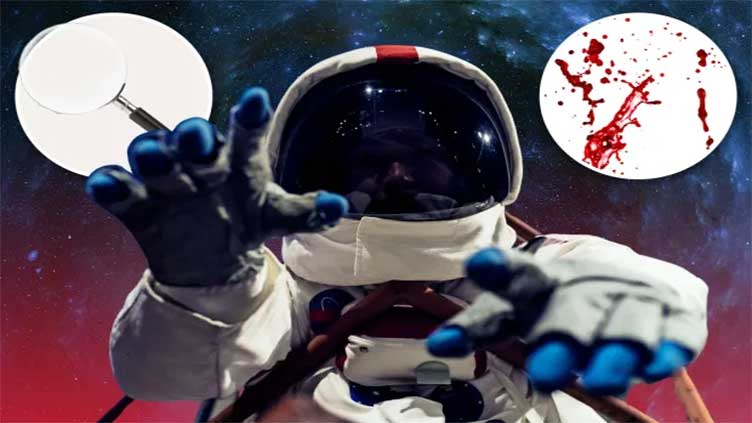Experts preparing for how to investigate a murder in space

Technology
The things humans do on Earth won't stop when they live in an orbiting spacecraft, or even off-plane
(Web Desk) - With the dawn of space tourism, and plans for colonies on the moon and Mars, experts are preparing for how to investigate a murder in space.
Crime scene investigators (CSI) know how to spot a murder on Earth.
But catching a killer in space is a whole other ball game - which is why a new field of “astroforensics” is beginning to unfold.
Bloodstain patterns will appear differently in a microgravity environment, so traditional formulas used to analysis them are less accurate, according to a new study.
"As humanity advances into a space-faring species, the risk of injury by multiple means and intentions will follow," the report explains.
"Expanding understanding of how forensic science adapts to extraterrestrial environments is a novel and inevitable expansion into the next forensic frontier."
Experts used a parabolic flight research plane - also known as the "vomit comet" - to track how blood splatters may appear in short periods of microgravity in a first-of-its-kind investigation.
Inside a glove box, researchers squeezed a syringe of blood-like liquid alongside a sheet of white paper while in free-fall so see how it would land.
Alongside violent crimes, experts believe blood splatters will be helpful when investigating accidents in space.
In a follow up report in The Conversation, Professor Graham Williams and PhD Researcher Zack Kowalske noted that while this action "bears little resemblance to true criminal scenarios" it produced important findings regarding blood patterns in microgravity.
"We found that microgravity does indeed change the behaviour of the blood drops and the stains they create," the pair explained.
"On Earth, blood tends to fall in a parabolic manner, with gravity pulling down on it until it strikes a surface.
"But in this case, the blood continued to travel in a straight line until it hit the surface.
"The second key observation was the spreading action of the blood upon striking the surface."
Without gravity, a blood splatter has a smaller stain shape and size that it would have on Earth.
"In the typical gravity environment of Earth, liquid blood drops will undergo a series of stages in the stain creation process," added Williams and Kowalske.
"This entails the droplet’s collapse, the formation of a small wave, and the spread into a final stain shape.
"However, when gravity is eliminated from this action, the spreading action is inhibited by the dominating force of surface tension and cohesion, resulting in a stain shape and size that is smaller than its terrestrial twin."


